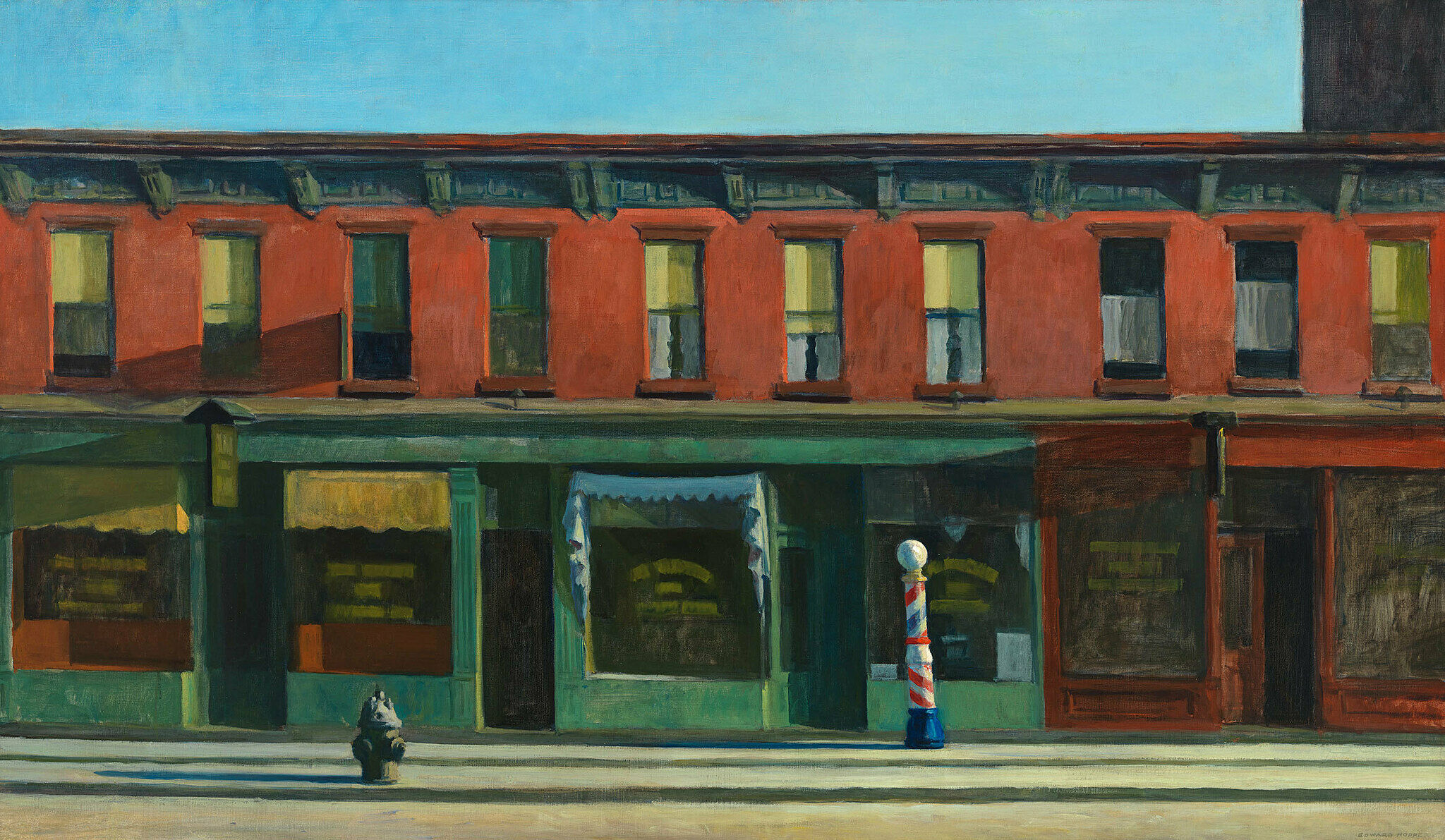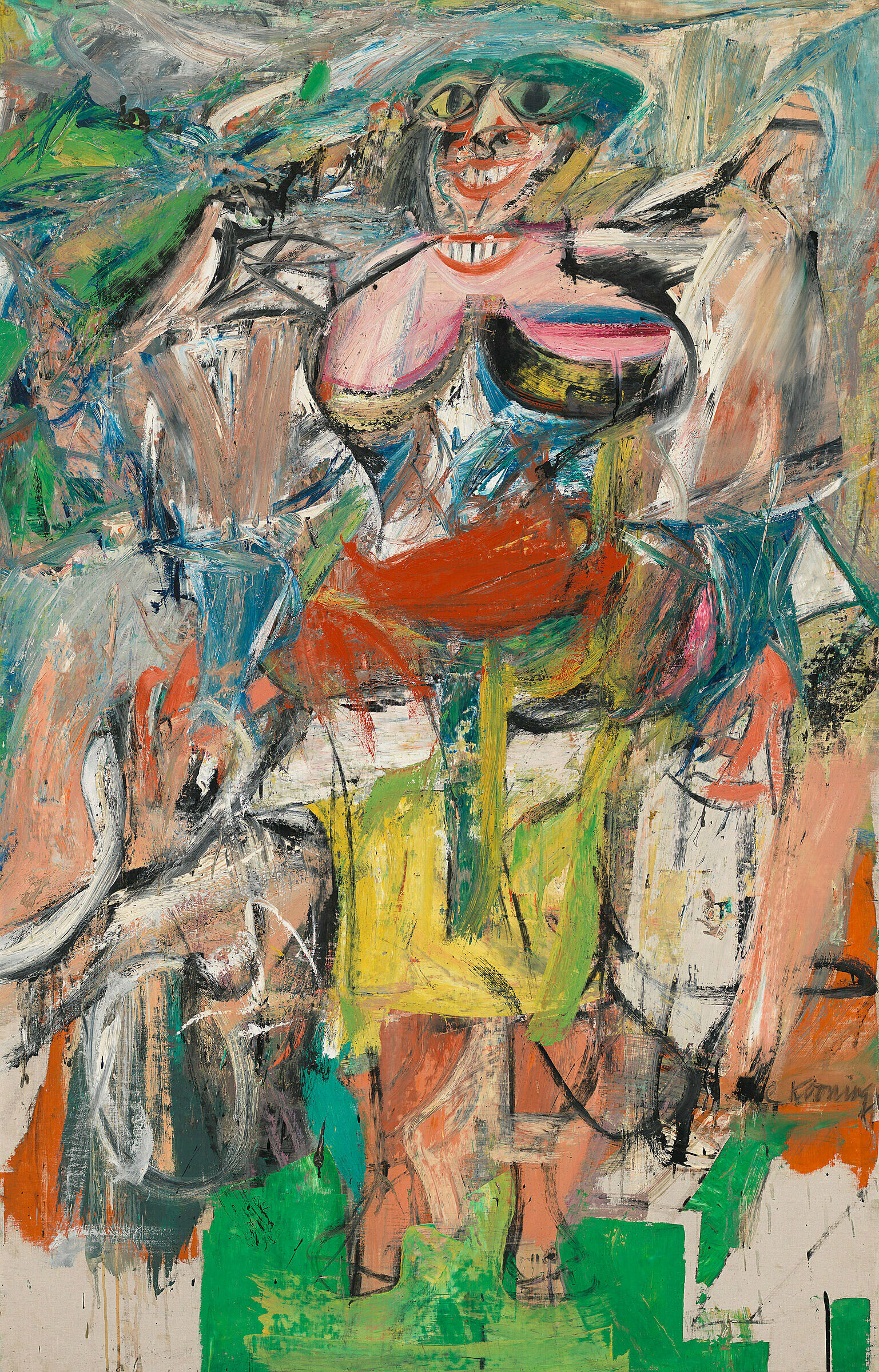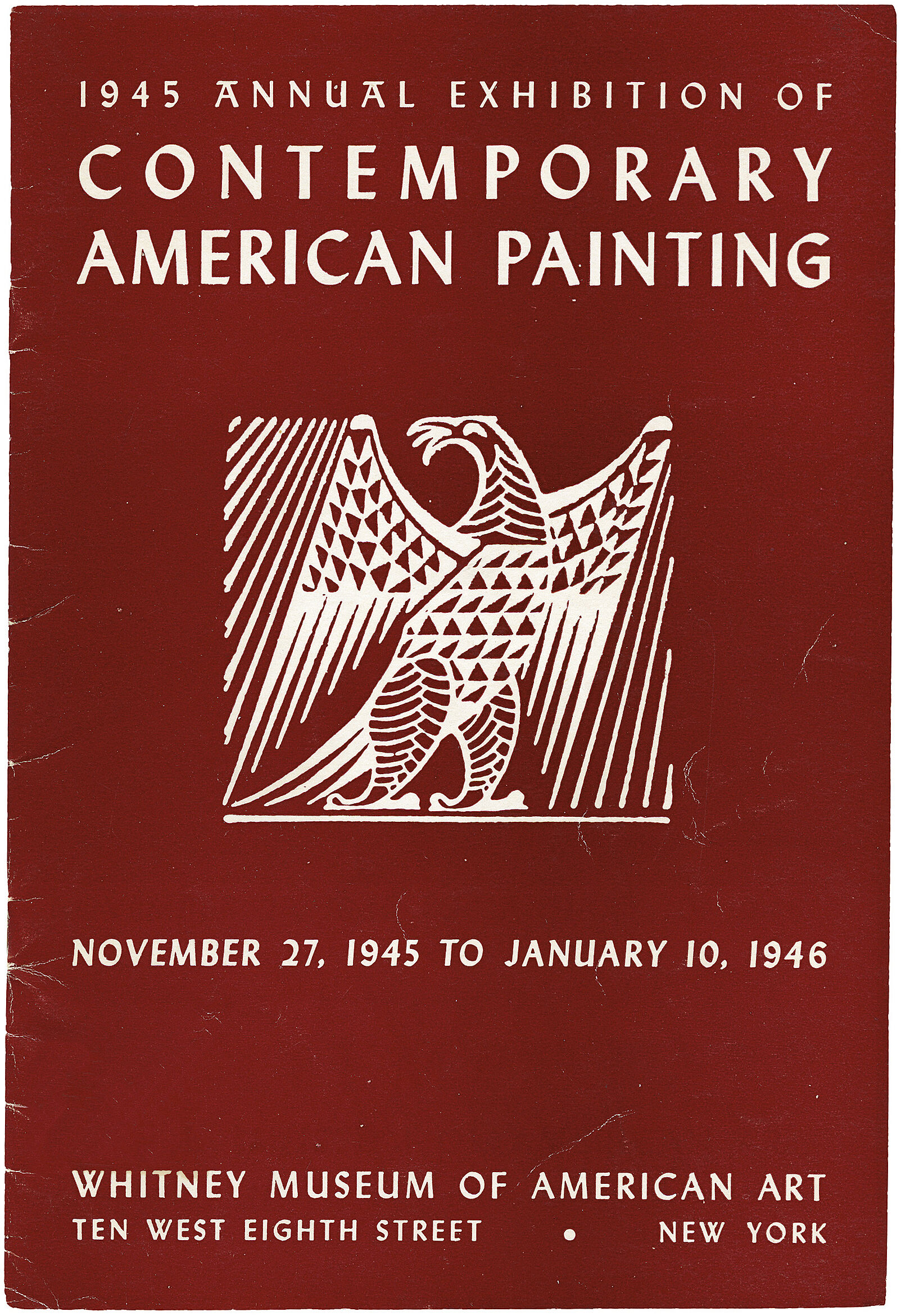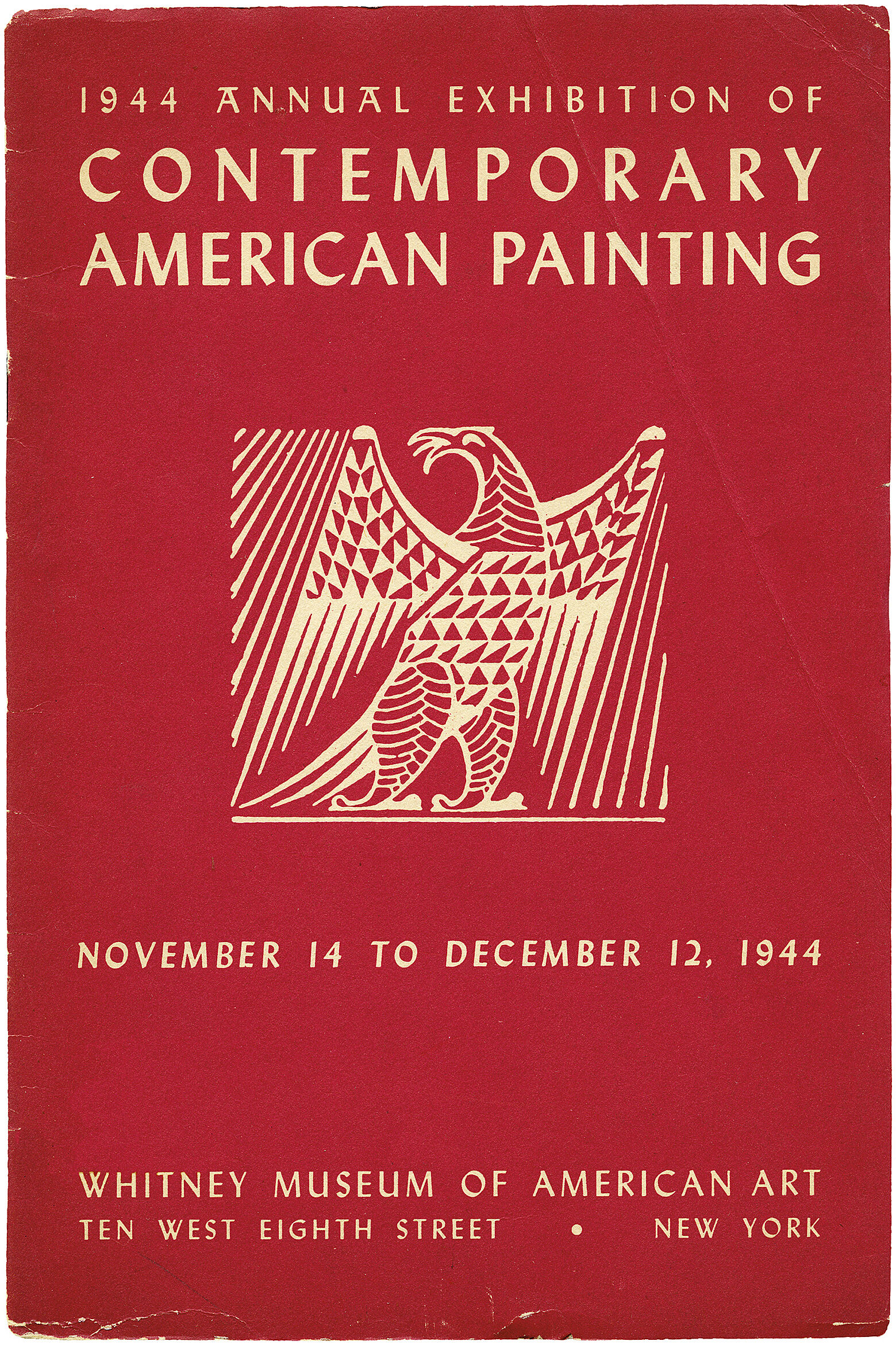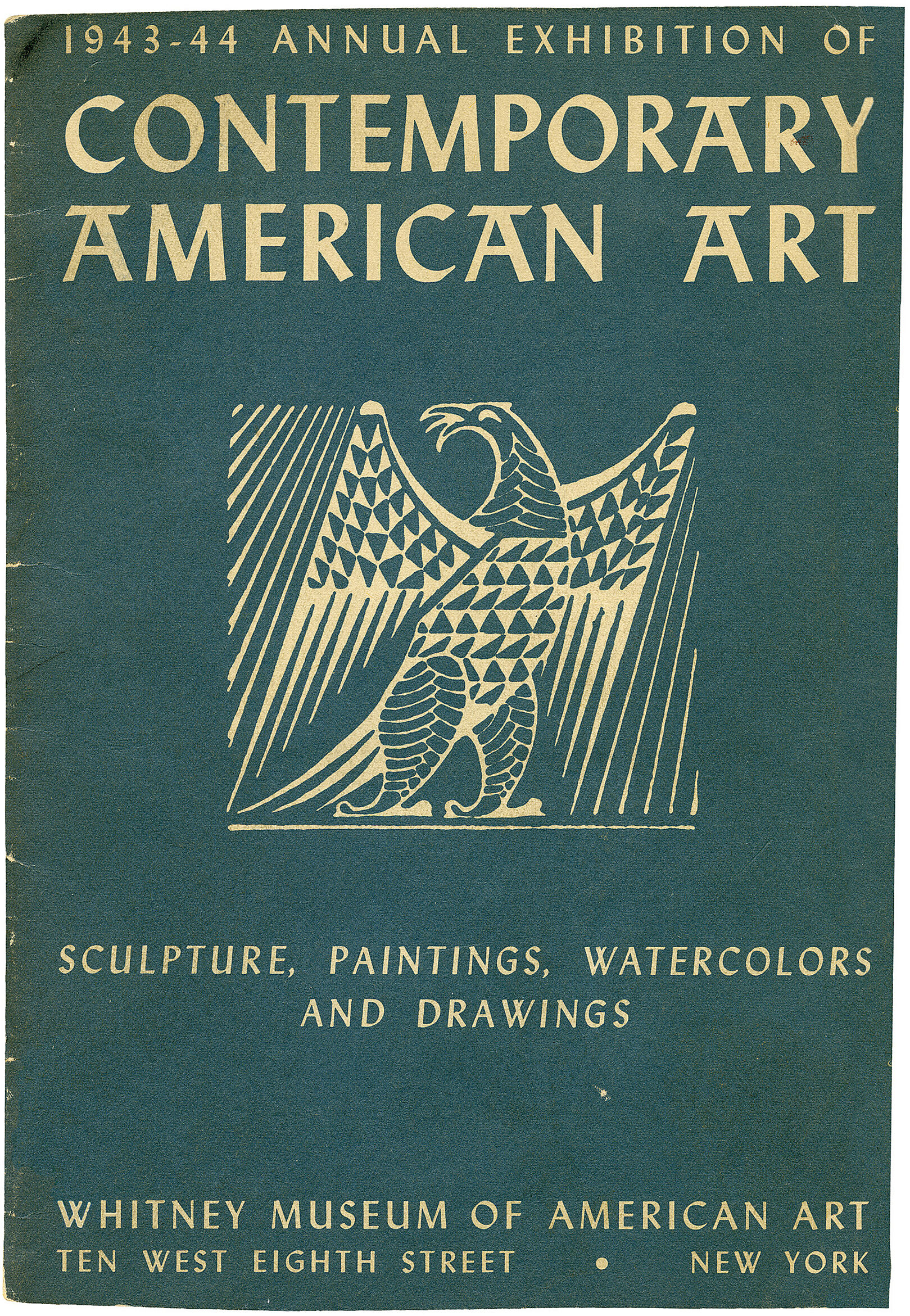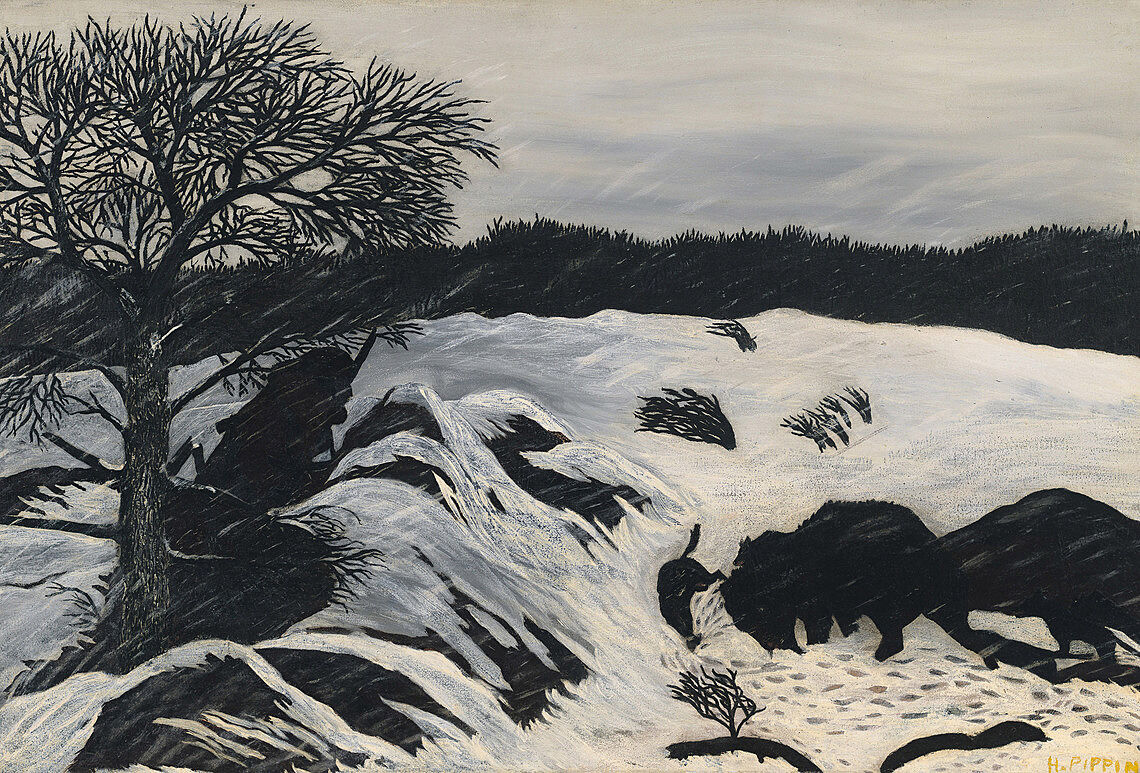Horace Pippin
1888–1946
A self-taught artist, Horace Pippin was one of the most prominent African American painters of the first half of the twentieth century. Pippin began making drawings while serving in the military during World War I, using his journals to illustrate his experiences fighting in the trenches in France. By the early 1930s, he had shifted to modestly sized paintings on canvas and fabric, as well as cigar boxes and burnt-wood panels that he inscribed with a hot poker, using his left hand to prop up his right arm, which had been partially paralyzed in the war. Living in his hometown of West Chester, Pennsylvania, Pippin portrayed subjects ranging from local interiors and landscapes to portraits of historical figures and scenes inspired by his wartime memories. His pared- down, forthright style and personal approach to these subjects earned him national recognition, especially as folk art traditions garnered new attention in the United States during the 1920s and 1930s.
Many of Pippin’s compositions forcefully conveyed his concerns about war and injustice. The Buffalo Hunt, one of his earliest canvases, evokes these themes, albeit indirectly. Unlike most of Pippin’s landscapes, this composition was not the result of firsthand observation in his native Brandywine Valley. Instead, it represents an imaginary scene in the American West, with a buffalo running in deep snow while pursued by a shadowy hunter and snarling dogs. The dark, abstracted form of the buffalo sinking into the stark white ground, together with the heavily falling snow, seem to confirm the hopeless fate of the animal while also hinting at the cruelty of both nature and humankind.
Introduction
Horace Pippin (February 22, 1888 – July 6, 1946) was an American painter who painted a range of themes, including scenes inspired by his service in World War I, landscapes, portraits, and biblical subjects. Some of his best-known works address the U.S.'s history of slavery and racial segregation. He was the first Black artist to be the subject of a monograph, Selden Rodman's Horace Pippin, A Negro Painter in America (1947), and The New York Times eulogized him as "the most important Negro painter" in American history. He is buried at Chestnut Grove Cemetery Annex in West Goshen Township, Pennsylvania. A Pennsylvania State historical Marker at 327 Gay Street, West Chester, Pennsylvania, identifies his home at the time of his death and commemorates his accomplishments.
Wikidata identifier
Q325076
Information from Wikipedia, made available under the Creative Commons Attribution-ShareAlike License . Accessed December 20, 2025.
Introduction
Horace Pippin was a self-taught African-American artist. After losing the use of his right arm in a World War I, he discovered painting late in life. However, he became the first African-American primitive painter to receive international recognition.
Country of birth
United States
Roles
Artist, genre artist, naive artist, painter, sculptor
ULAN identifier
500026325
Names
Horace Pippin, Pippin, h. pippin
Information from the Getty Research Institute's Union List of Artist Names ® (ULAN), made available under the ODC Attribution License. Accessed December 20, 2025.


